EVACES 2023 Special Sessions
SS01 Vibration-based structural health monitoring for railway infrastructure

Eleni Chatzi
ETH Zürich, Switzerland
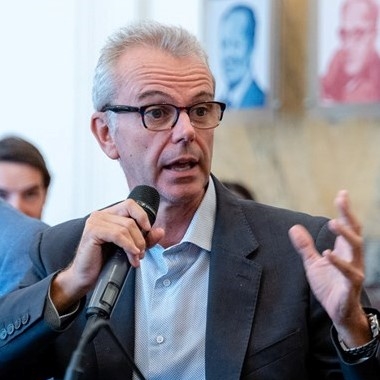
Alfredo Cigada
Politecnico di Milano, Italy
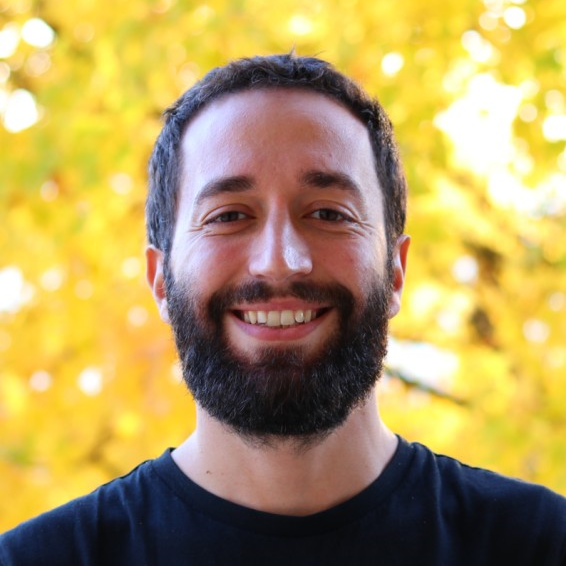
Kostantinos Tatsis
ETH Zürich, Switzerland
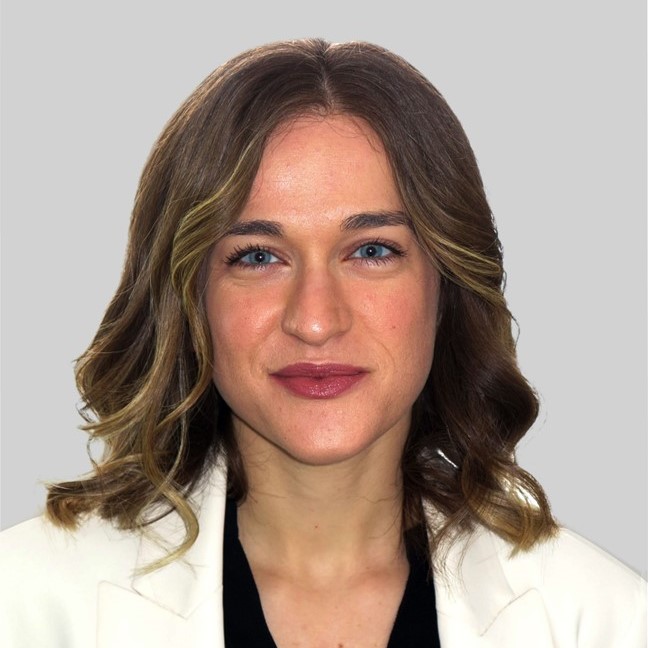
Charikleia Stoura
ETH Zürich, Switzerland
Structural Health Monitoring (SHM) is essential to preserving the integrity and reliability of built infrastructure. As a critical component and host of the mobility of modern societies, railway infrastructure, in particular, comprises a valuable resource which is exposed to high loadings and harsh environments. SHM offers a means to ensuring the safety and resilience of railway transport networks, with an array of tools that can be used for monitoring both the infrastructure itself (bridges, rails/sleepers, critical components such as joints and switches), as well as the rail vehicle fleets.
This special session welcomes contributions on both direct (e.g. permanently deployed sensing solutions) and indirect (e.g. on board monitoring – OBM) monitoring methods for railway infrastructure. This includes system identification methods, vibration-based SHM algorithms, indirect SHM approaches, and pertinent applications on railway infrastructures.
Topics relevant to the session include theoretical and experimental methods for on-board monitoring and mobile sensing, operational modal analysis (OMA), linear and nonlinear system identification, statistical system identification methods for parameter, state and load estimation using physics or black-box-based models, stochastic simulation techniques for state estimation and model class selection, fault and anomaly detection techniques, optimal strategies for experimental design, optimal sensor and actuator placement methods, structural prognosis techniques, updating response and reliability predictions using data. Papers dealing with experimental/field investigations and verification of theories for the specific use case of railway infrastructure monitoring are especially welcomed.
Keywords: railway infrastructure, structural health monitoring, inverse dynamics, system identification, operational modal analysis, damage detection, Bayesian inference.
Contacts: chatzi@ibk.baug.ethz.ch; alfredo.cigada@polimi.it; tatsis@ibk.baug.ethz.ch; charikleia.stoura@ibk.baug.ethz.ch
SS02 The role of traffic in bridge condition monitoring

Said Quqa
University of Bologna, Italy

Eleonora Maria Tronci
Columbia University, USA
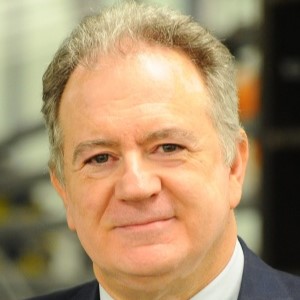
Raimondo Betti
Colombia University, USA
The growing intensity of travel demand in urban and extra-urban areas raises the need for reliable tools to monitor the health conditions and functionality of the transportation lifeline. As the main elements of this infrastructure system, bridges and viaducts deserve special attention in terms of condition assessment and maintenance. Policymakers, increasingly aware of this problem, are promoting the adoption of structural health monitoring (SHM) systems for the most strategic elements of the transportation network. Nevertheless, instrumenting bridges at large with dense sensing systems is often unfeasible due to the considerable initial expense. However, as recent news highlighted that the failure of viaducts might lead to dramatic losses and endanger the safety of travelers and goods, research on innovative, effective, and low-cost strategies for bridge monitoring is of paramount importance.
Although traffic is the primary excitation source of bridges and viaducts, most research developments in operational modal analysis (OMA) have disregarded the nonstationary nature of traffic effects. Many structural and damage identification algorithms assume traffic excitation as a stationary process, implying stringent data duration and pre-processing restraints. These elements contribute to the complexity of processing algorithms and impact the final cost of the monitoring network. Recent developments in low-cost sensor technologies and highly efficient computational methods enabled identifying structural damage-sensitive features exploiting the inherent qualities of vehicle excitation. Often, these novel approaches rely on different data types, including vibration, displacement, strain, video recordings, and more. Computer vision, data fusion, and holistic data interpretation have critical roles in new monitoring approaches.
This special session aims to collect and discuss the latest achievements on novel SHM algorithms, strategies, and technologies for roadway and railway bridges that explicitly account for traffic. Contributions regarding both theoretical achievements and practical applications are encouraged.
Keywords: bridge, structural health monitoring, damage identification, traffic, crowdsensing, computer vision, data fusion, machine learning.
Contacts: said.quqa2@unibo.it; et2501@columbia.edu; rb68@columbia.edu
SS03 Recent advancements in vehicle-bridge interaction problems
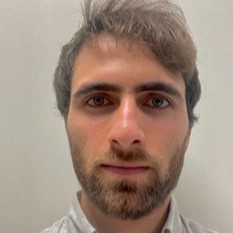
Angelo Aloisio
University of L’ Aquila, Italy

Rocco Alaggio
University of L’ Aquila, Italy
Vehicle bridge interaction (VBI) phenomena significantly affect the dynamics of bridges. The road roughness triggers the vehicle dynamics, thus influencing the interaction between the vehicle and the bridge. The research trends in VBI modelling can be grouped into nine areas: the role of the vehicle suspension, road surface roughness, bridge span length, vehicle braking, axle spacing, gross vehicle weight, vehicle speed, and the unit mass of the bridge and bridge damping. The main difficulties in investigating the VBI phenomena are related to the solution of the coupled bridge-vehicle equations and the simulation of the road roughness. Concerning the first problem, the dynamic response of bridges under moving vehicles can be estimated following uncoupled or coupled approaches. Recently, multiple numerical strategies were developed to solve the coupled equations.
In most cases, the scholars use the finite element method with a variety of approaches. Secondly, a reliable estimation of the dynamic effect of vehicles on the bridge response demands accurate modelling of the road roughness. It is a commonly assumed hypothesis that the randomness of the road surface roughness can be represented with a normal stationary ergodic random process described using its power spectral density. Still, some scholars are pursuing alternative modelling approaches based on nonstationary processes. The role of and variability of the road roughness is crucial in estimating the dynamic amplification factors due to complex resonance phenomena.
The special session encourages sharing opinions and presenting studies concerning recent advancements on vehicle-bridge interaction problems.
Keywords: vehicle-bridge interaction, road roughness, non-stationary operational modal analysis.
Contacts: angelo.aloisio1@univaq.it; rocco.alaggio@univaq.it
SS04 Challenges in SHM development: deterioration assessment and value of information
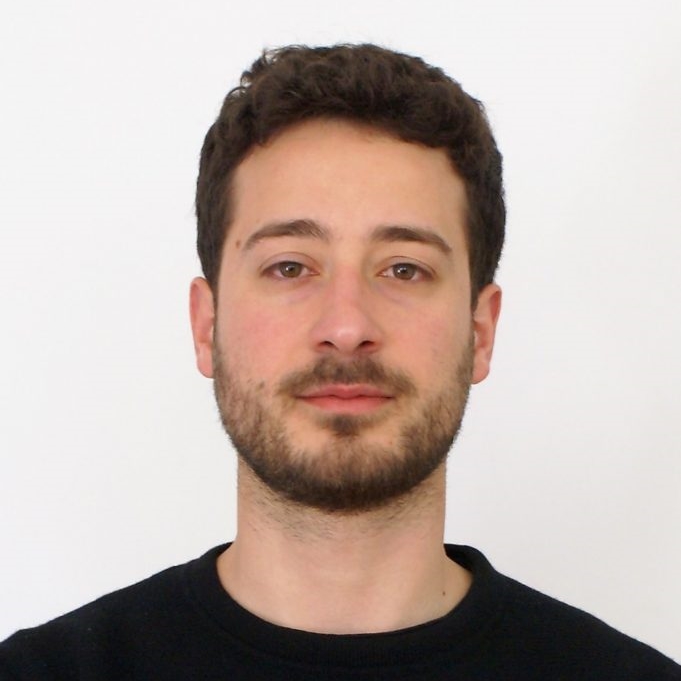
Pier Francesco Giordano
Politecnico di Milano, Italy
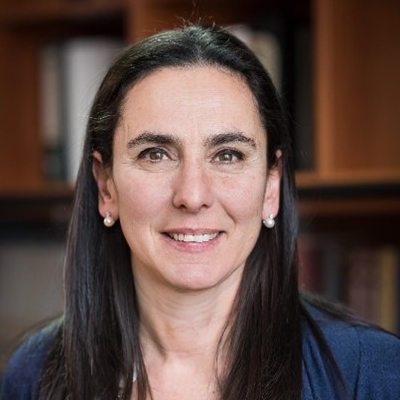
Maria Pina Limongelli
Politecnico di Milano, Italy

Sebastian Thöns
Lund University, Sweden
Managers need to gain insight into the actual state of degrading engineering structures (such as bridges, tunnels, and offshore platforms) to properly plan maintenance interventions. Traditionally, visual inspections performed by expert technicians are generally adopted to collect data on the state of the structural components. In the last decades, Structural Health Monitoring (SHM) techniques have been proposed to automatize the process of data collection, transmission, and processing. When sensors are permanently installed on structures, SHM provides managers with continuous structural health data, which can be exploited, for instance, to create early-warning systems or to support emergency management operations following disastrous events. Despite the advantages of SHM technologies, three main open issues still hinder their adoption on a large scale. The first issue relates to the “added-value” of SHM and its economic and societal benefits. The quantification of the benefit of SHM information has been recently tackled through the Value of Information (VoI) from Bayesian decision analysis. The VoI can be interpreted as the expected utility enhancement by e.g. reduction in management costs and risks associated with the adoption of an SHM system. It can be used, for instance, to decide if the installation of an SHM system is economically feasible or to select the optimal SHM strategy. The second issue concerns the presence of noise in the SHM results and in the difficulties in interpreting them for deterioration assessment. Indeed, SHM is generally based on statistical methods consisting of tracking over time damage indicators that are not directly connected to intuitive physical quantities. The third issue relates to the integration of SHM data into decision support systems. For instance, in the case of bridges, most codes and Bridge Management Systems (BMS) worldwide are based on visual inspection condition indices but, usually, they do not account for SHM information due to the challenges associated with its analysis.
The aim of this Special Session is to present and discuss the latest development as well as future trends in the field of the quantification of the benefit of SHM information and SHM-based decision-making in the context of civil structures.
Keywords: decision support system, decision making, structural integrity management, value of information, cost-benefit analysis.
Contacts: pierfrancesco.giordano@polimi.it; mariagiuseppina.limongelli@polimi.it; sebastian.thons@kstr.lth.se
SS05 Human-induced vibrations
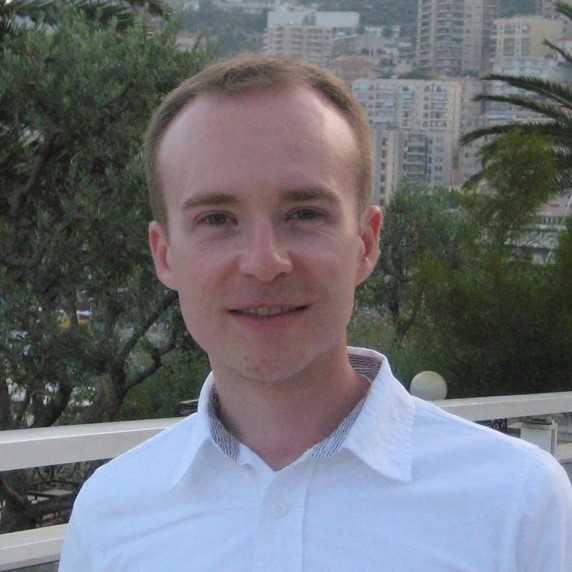
Vitomir Racic
University of Belgrade, Serbia

Maria Gabriella Mulas
Politecnico di Milano, Italy
Vibration serviceability governs the design of contemporary civil engineering structures, such as footbridges, floors, staircases and sport stadia. This is because modern structures tend to be increasingly slender and lighter, thus responding more easily to various dynamic excitation. Active people, such as pedestrians, joggers and jumpers, are the most commonly reported source of structural vibrations. This is not surprising considering that majority of civil structures are by their very purpose occupied, and dynamically excited by people. Yet, to date, the relevant design guidelines have all failed to provide reliable instructions on the effect of active people on civil structures. This effect has two key aspects: human-induced dynamic loading and human-structure interaction. The former is related to the contact forces between people and the structure, while the latter means the influence of human bodies on dynamic properties of unoccupied structures. The lack of quality models of human-induced forces is mainly due to the lack of adequate experimental force records, which in turn is due to the lack of adequate data acquisition technology. The situation with human-structure interaction is even worse. Not only that the relevant experimental data are extremely rare and limited, but this phenomenon is even not fully understood for active people. Finally, perception to structural vibration by active people is specifically under-researched.
The session provides the opportunity to present experimental and numerical research related to human-induced loading, human-structure interaction and human perception to vibration pertinent to vibration of civil engineering structures, such as footbridges, floors, staircases and sport stadia.
Keywords: human-induced loading, human-structure interaction, footbridges, floors, sport stadia.
Contacts: vracic@grf.bg.ac.rs; mariagabriella.mulas@polimi.it
SS06 Real-world applications of OMA-based testing and monitoring
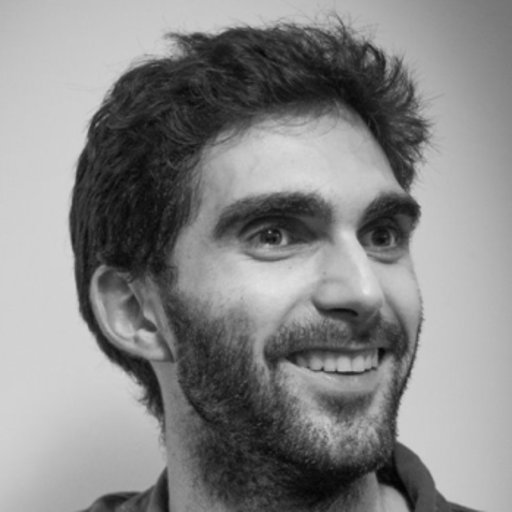
Sérgio Pereira
University of Porto, Portugal

Álvaro Cunha
University of Porto, Portugal
For the past decade, Structural health monitoring (SHM) based on operational modal analysis has been increasingly used in the condition assessment and conservation of structures, with major work being developed on the topic, both at theoretical and practical levels. In this context, this Special Session focuses on recent developments and applications of vibration-based testing and monitoring of structures, such as bridges, buildings, wind turbines, towers, dams, transmission lines, or other civil engineering infrastructure. Suitable topics include, but are not limited to, the following:
• Innovations on the dynamic (ambient/forced vibration) testing of structures.
• Optimization of sensor distribution.
• Vibration-based updating of numerical models.
• Design, implementation and management of dynamic monitoring systems.
• Strategies for vibration-based monitoring: continuous monitoring, population-based
monitoring, etc.
• Effects of environmental and operational conditions on modal properties.
• Vibration-based post-earthquake and seismic assessment.
• Vibration-based system and/or damage identification.
Keywords: operational modal analysis, dynamic testing, vibration-based monitoring, environmental and operational effects, damage detection.
Contacts: sbp@fe.up.pt; acunha@fe.up.pt
SS07 System identification for infrastructure components subject to deterioration
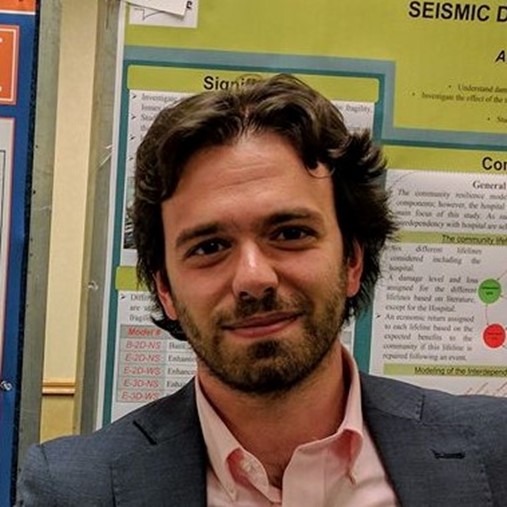
Leandro Iannacone
University of Illinois Urbana-Champaign, USA

Paolo Gardoni
University of Illinois Urbana-Champaign, USA
The dynamics of engineering systems subject to deterioration are characterized by several sources of uncertainty which cause unpredictable behaviors. The collection of field and/or experimental data is a fundamental step towards a better understanding of such complex phenomena. The collected data must be integrated within the assumed mathematical models to achieve a realistic representation of the system response, i.e., to obtain an accurate relationship between the input and the output. To this aim, methods used in the literature range from purely physical models (white-box) to purely empirical models (black-box), with the most common approaches being hybrid ones (grey-box). The calibration of the uncertain parameters in the black- and grey-box models based on available observations of the system response is called system identification. In the context of infrastructure analysis, a better understanding of the conditions of critical components (and of the deterioration processes that alter those conditions over time) can help to devise optimal maintenance strategies, and to accurately assess and reduce the disruptions that might be caused by natural and man-made hazards. The data might come in the form of results from Structural Health Monitoring, which is increasingly common due to the recent advancements in sensor technology and Internet of Things (IoT). The scope of this special session is to bring together expert researchers and academics concerned with the various aspects of system identification for infrastructure components subject to deterioration processes. In particular, the session welcomes studies that focus (i) on the interpretation of data coming from sensor monitoring, (ii) on the evolution of the system response over time, and (iii) on the calibration of deterioration models to predict the future performance of the system based on the data. The contributions could range from the application of Machine-Learning and Artificial Intelligence for system identification, to theoretical contributions in the fields of stochastic processes and signal processing.
Keywords: system identification, degradation modeling, stochastic processes, random vibrations, signal processing.
Contacts: leandro@illinois.edu; gardoni@illinois.edu
SS08 Uncertainties in system identification and damage diagnosis
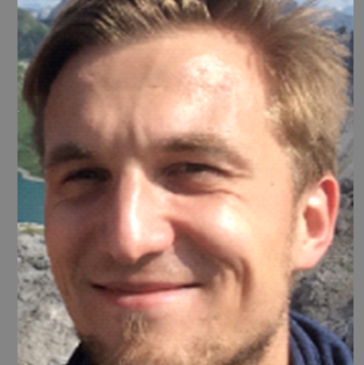
Szymon Greś
ETH Zürich, Switzerland

Kostantinos Tatsis
ETH Zürich, Switzerland
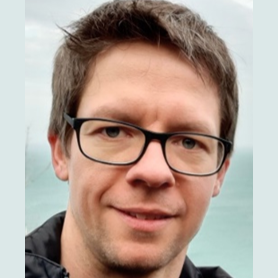
Michael Döhler
Inria, Rennes, France

Eleni Chatzi
ETH Zürich, Switzerland
Consideration of statistical uncertainties is crucial when analyzing ambient vibration measurements in the context of operational modal analysis or structural health monitoring applications. In models that are identified from data, uncertainties arise due to unknown or unmeasured excitations, inherent measurement noise, sparse observations, changing environmental and operational conditions as well as due to limited data samples. The modeling of uncertainty is further necessary to what concerns the configuration (parameters) of physics-based models, when these are used for diagnostic and prognostic tasks or for model predictive control applications. In this session, we solicit contributions related to methods for data-driven or model-based uncertainty quantification in system identification and damage diagnosis, or their usage in SHM related applications. Contributions can be related, but not limited to the following topics:
- Uncertainty quantification in operational modal analysis
- Modal tracking
- Statistical methods for damage detection, localization and quantification
- Reliability analysis
- Model calibration, model-based uncertainties
- Uncertainty quantification in virtual sensing
- Identification of disturbance terms in sequential Bayesian inference
Keywords: uncertainty quantification, system identification, model uncertainty, damage diagnosis.
Contacts: szymon.gres@ibk.baug.ethz.ch; tatsis@ibk.baug.ethz.ch; michael.doehler@inria.fr; chatzi@ibk.baug.ethz.ch
SS09 Vibration analysis on large dams. Seismic and structural health monitoring
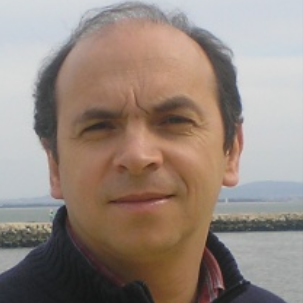
Sérgio Oliveira
National Laboratory for Civil Engineering, Portugal

André Alegre
Instituto Politécnico de Lisboa, Portugal
The analysis of vibrations measured on dams with continuous dynamic monitoring systems can be of great interest and can provide multiple benefits for dam engineers and dam owners, namely for structural health control and for seismic response evaluation, which is essential for supporting informed decision making. For example, vibrations measured under ambient/operational excitations can be used to retrieve the main dam modal parameters, whose time evolution can be monitored in order to detect structural changes caused by evolutive deterioration phenomena or induced by strong earthquakes. Furthermore, the accelerations recorded during seismic events, in several measurement points in the dam body and in the foundation, can enable the evaluation of the seismic response of the dam and the characterization of the seismic action along the dam-foundation surface.
The goal of this special session is to provide a venue for presenting recent studies in this field and to discuss lessons learned, relevant challenges, and future perspectives, with a view to contribute for the scientific community involved in dam behaviour analysis and dam safety control.
This special session welcomes contributions that cover, but are not limited to, the development of permanent dynamic monitoring systems for Seismic and Structural Health Monitoring (SSHM), methodologies for modal identification and damage detection, seismic response analysis, and calibration of numerical models for simulating the dynamic behaviour of dam-reservoir-foundation systems.
Keywords: large dams, vibration analysis, seismic and structural health monitoring, damage detection, seismic response.
Contacts: soliveira@lnec.pt; andrefalegre92@gmail.com
SS10 Machine learning and data-driven methods for structural dynamics
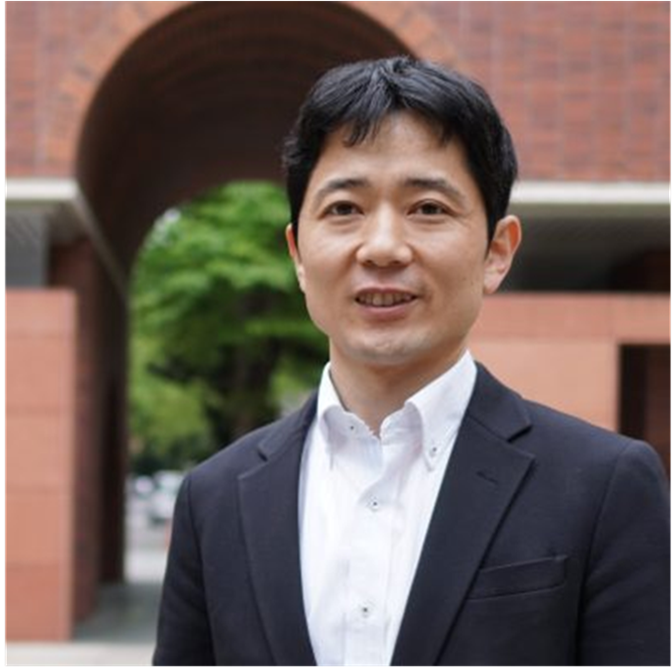
Tomonori Nagayama
University of Tokyo, Japan

Ji Dang
Saitama University, Japan
Machine Learning methods such as SVM, RF, CART, and ANN, have been utilized for a variety of vibration problems. However, with the recent development and breakthrough in Computer Vision and Deep Learning methods such as CNN, Semantic Segmentation (FCN, U-Net, DeepLabV3+), Object Detection (SSD, Yolo), and Instance Segmentations (Mask R-CNN), as well as a wealth of real-world and simulation datasets, the value of Machine Learning methods in structural dynamics has never been greater. For example, advanced nonlinear simulation and experimental data are integrated to train AI models effectively and efficiently. Digital Twins can be remarkably enhanced with AI models and data. Physics Informed Neural Network (PINN) is expected to not only interpret the forward vibration problem but also identify, inversely with measured vibration data, the structural dynamics parameters, governing partial differential equations (PDE), and boundary conditions. Structural dynamics simulation can be partly or fully achieved by PINN or Machine Learning. AI potentially solves structural dynamics problems through end-to-end training without time-consuming and experience-dependent analyses. Research efforts in topics such as AI-enhanced seismic design and risk evaluation push the boundaries of analysis and design. Seismic damage prediction on a structural scale or even on a city scale through the evaluation of structural responses or damage levels in a probabilistic or deterministic manner is expected. This special session is to present and discuss recent development and future trends in machine learning and data-driven approaches to structural dynamics.
Keywords: structural vibration, seismic design, machine learning, data-driven, AI.
Contacts: nagayama@bridge.t.u-tokyo.ac.jp; dangji@mail.saitama-u.ac.jp
SS11 Structural health monitoring and non-destructive testing for architectural and cultural heritage
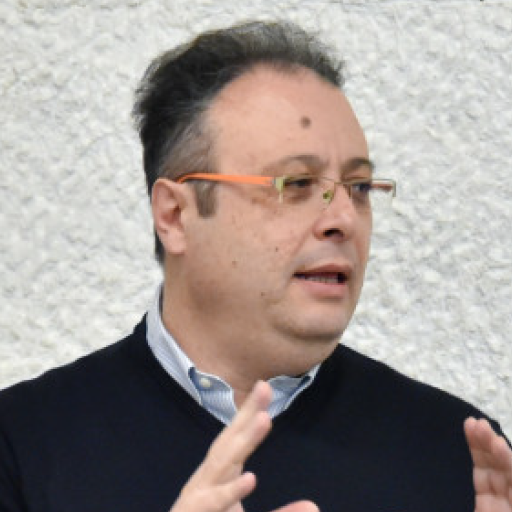
Rosario Ceravolo
Politecnico di Torino, Italy
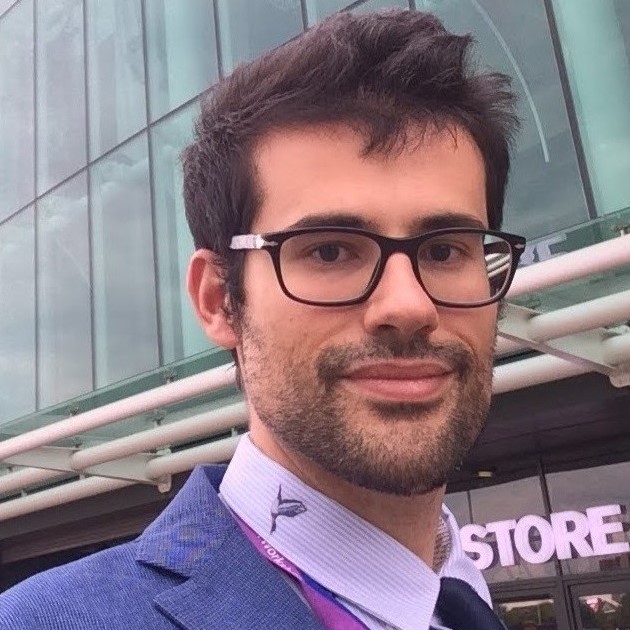
Marco Civera
Politecnico di Torino, Italy

Erica Lenticchia
Politecnico di Torino, Italy
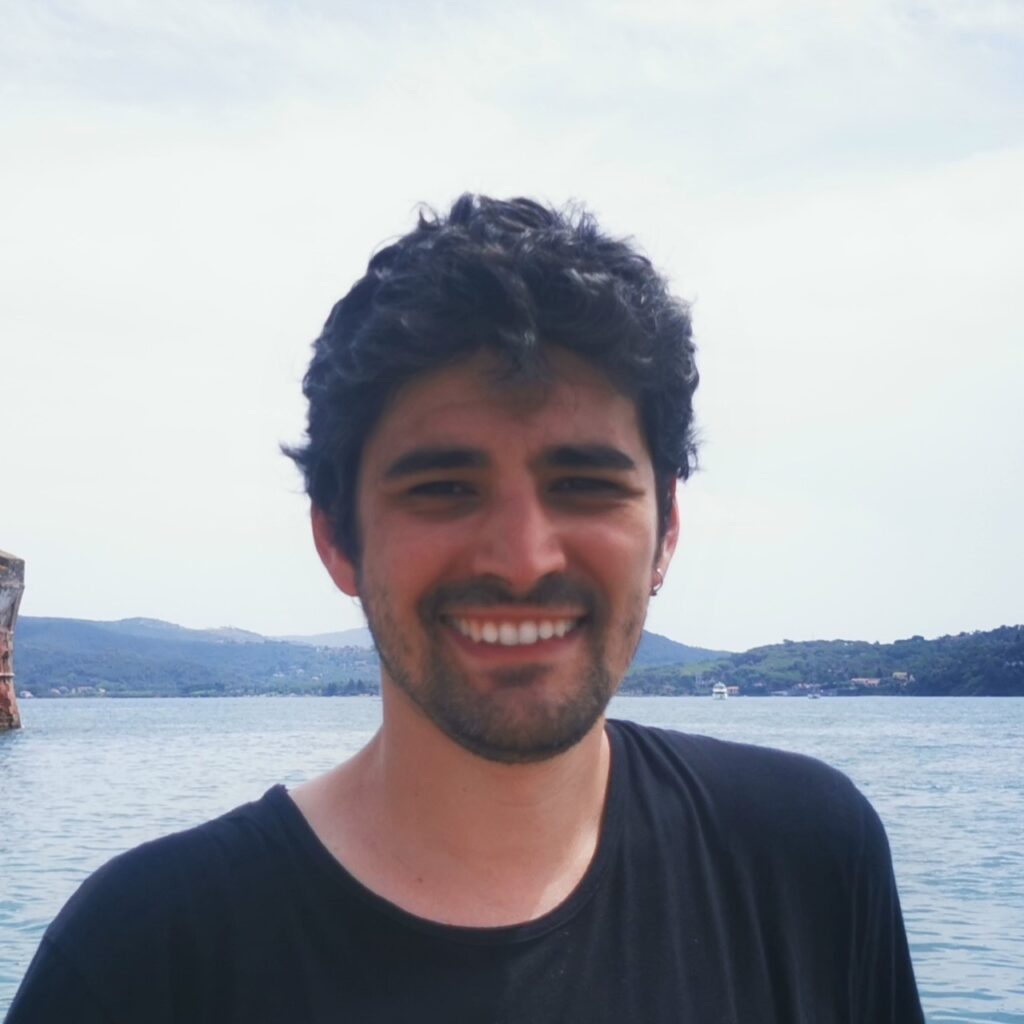
Gaetano Miraglia
Politecnico di Torino, Italy
The structural integrity assessment of historical structures and infrastructures is of utmost importance due to their irreplaceable historical and cultural value. Thus, the conservation of such complex systems requires the joint efforts of practitioners and academic researchers alike, involving the international scientific community. Furthermore, this issue of even greater relevance in countries subject to seismic risk, as centuries-old buildings with are inherently vulnerable to strong motions. Often, their peculiar geometries, plus the lack of knowledge about their exact building materials and construction techniques, makes it more difficult to predict their static and dynamic behaviour. In this context, Non-Destructive Tests (NDTs) and Structural Health Monitoring (SHM) play an important role in the assessment of the local and global structural response, providing rapid and reliable assessment tools and a mean for the calibration of analytical or numerical models.
The special session aims at sharing opinions and presenting studies concerning the latest developments in SHM, NDTs, and survey strategies applied to structures and infrastructures of architectural and cultural relevance. Innovative solutions to identify seismic and structural vulnerability of these peculiar systems will be gladly considered as well.
Keywords: architectural and cultural heritage, static and dynamic monitoring, structural health monitoring, non-destructive testing, seismic assessment.
Contacts: rosario.ceravolo@polito.it; marco.civera@polito.it; erica.lenticchia@polito.it; gaetano.miraglia@polito.it
SS12 Stadia dynamics and monitoring

Alfredo Cigada
Politecnico di Milano, Italy
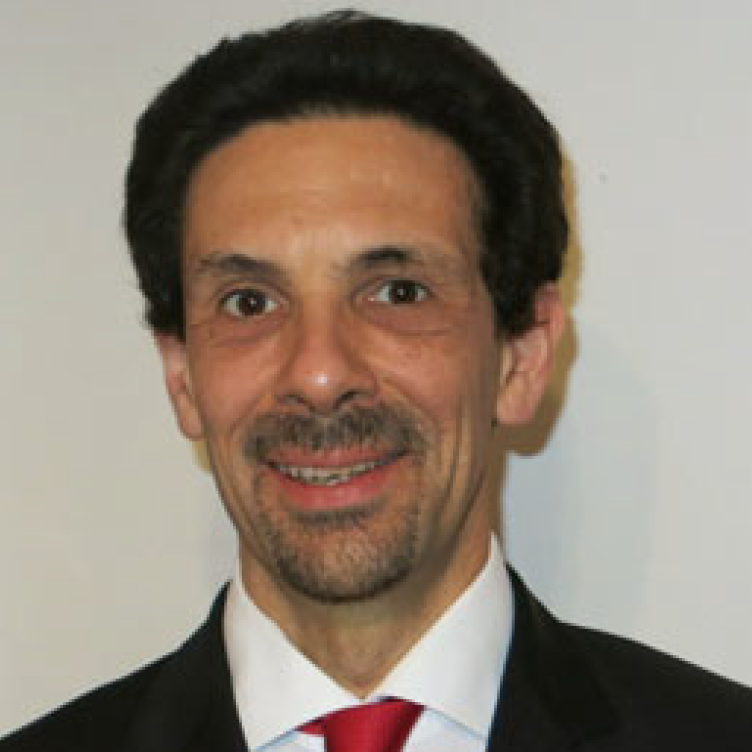
Emanuele Zappa
Politecnico di Milano, Italy

Simone Turrisi
Politecnico di Milano, Italy
Stadia have changed their main use through the years: the behavior of people attending the main events has gone through deep changes and the excitation has grown since stadia have started being used not just for sports, but also for concerts or other kinds of events: religious or political meetings are just an example. The end of the pandemic is already bringing back people to sport venues, with a strong will to attend public events, at the same time putting new pressure on sport infrastructures: older ones have a design often not aligned to the present standards, while those built more recently are lighter, so more prone to important vibration levels due to the crowd motion.
Specific attention has to be devoted to many key factors:
- the crowd behavior: this has a strong influence not just in terms of human-structure interaction (quite special as people are not walking) but in terms of social behavior, changing through the years for a lot of reasons and constituting not just the main excitation source, but also a modification of all the dynamic parameters;
- the structural response during extreme events, not just due to the crowd excitation, but also to other sources: among the others wind, traffic and also earthquakes;
- structural health monitoring: stadia are critical infrastructures, as they host many people for every event, with unusual and strong excitations, and they are requested to offer a safe and comfortable life to the people attending the events: strategies for proper maintenance are therefore a main requirement.
The idea of this session is to group people working with stadia to exchange their experience and hopefully to discuss the best practices for stadia control and testing, also with the aim to get to an agreed standard similar to the UK guidance on grandstands.
Keywords: stadium, structural health monitoring, grandstand, crowd dynamic actions, system identification, operational modal analysis, damage detection.
Contacts: alfredo.cigada@polimi.it; emanuele.zappa@polimi.it; simone.turrisi@polimi.it
SS13 Structural health monitoring of buildings in seismic-prone areas
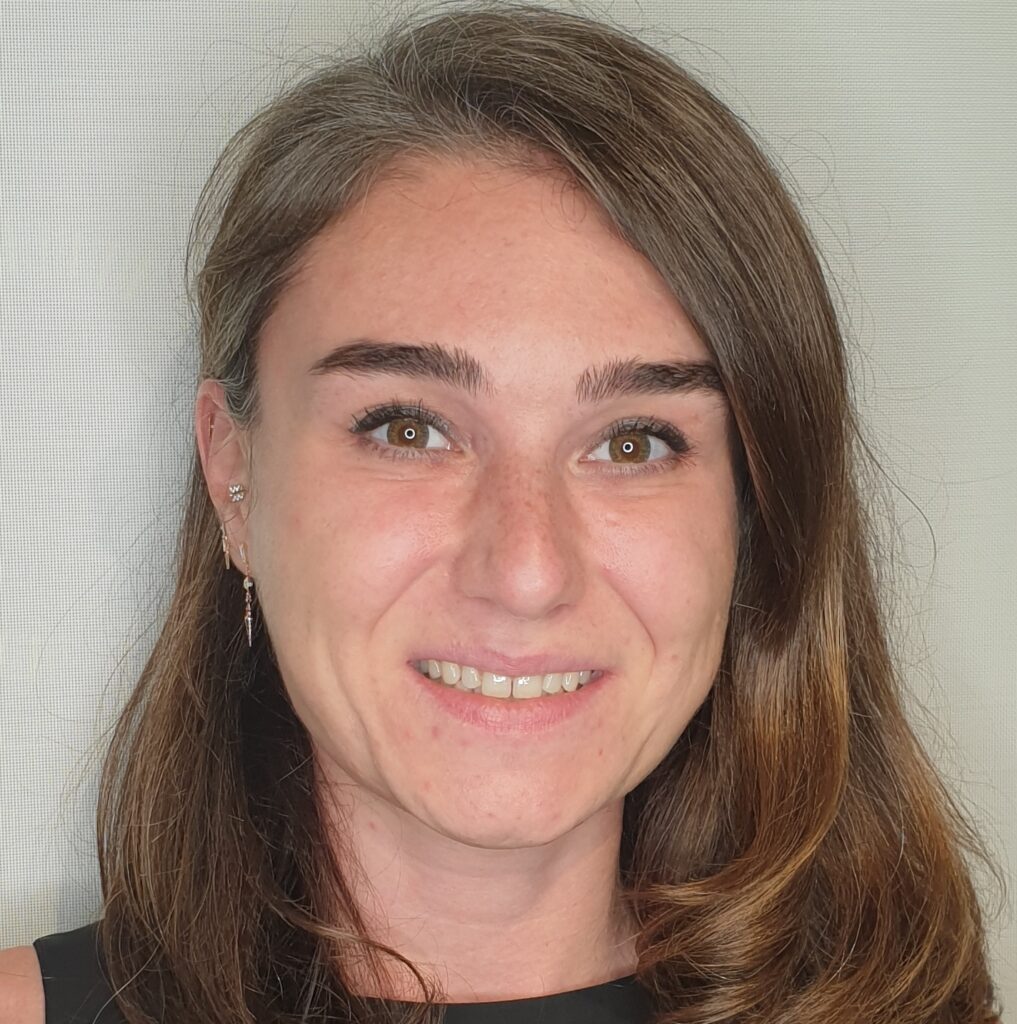
Nilgün Merve Çağlar
Boğaziçi University, Turkey
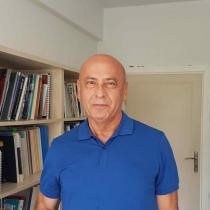
Erdal Şafak
Boğaziçi University, Turkey

Eser Çaktı
Boğaziçi University, Turkey
Structural Health Monitoring (SHM) networks installed on diverse types of civil engineering structures provide real-time or near-real-time data on the structural response due to both the ambient and earthquake-induced vibrations. Those recordings reveal the dynamic properties of these structures and enable monitoring of any changes in their dynamic response while allowing the identification of their dynamic characteristics under in-situ conditions. SHM and Structural Identification (SI) studies benefit from those recordings for several purposes such as calibrating analytical models of the structures, assessing their vulnerability, and contributing to the development of earthquake-resistant design methodologies. Given the dense population and urbanization in high seismic-prone areas, earthquake-induced vibration recordings collected from structures are particularly useful for reducing the seismic risk posed by possible future large earthquakes, since they provide a deeper understanding of the dynamic behavior of structures. The purpose of this special session is to discuss the latest developments in SHM and SI studies with an emphasis on structural model calibration, amplitude-dependent mechanisms (e.g., Soil-Structure Interaction, damping), data analysis, damage detection, and seismic risk mitigation. The session welcomes contributions that cover, but are not limited to, system identification algorithms, numerical model calibration and/or updating approaches, damage detection methodologies, real-time analysis techniques, utilization of wave propagation approach in SHM and SI studies, applications of seismic interferometry for data analysis, the integration of SHM in seismic risk mitigation studies and artificial excitation sources for dynamic test.
Contacts: merve.caglar@boun.edu.tr; erdal.safak@boun.edu.tr; eser.cakti@boun.edu.tr
SS14 Dynamic identification and vibration-based structural health monitoring of historical and modern towers

Carlo Rainieri
National Research Council of Italy, Italy

Carmelo Gentile
Politecnico di Milano, Italy
Significant attention is currently paid to the health state of historical as well as modern towers. This structural typology has been deemed of particular interest due to its widespread presence in almost every city or town and because, in spite of their relatively simple structural scheme, aging of materials as well as earthquake-induced damage resulted in a number of structural collapses occurred worldwide over the years. Degradation phenomena and possible damage due to either natural or man-made hazards require advanced tools to timely assess the structural health and performance, to support planning and design of maintenance interventions, and possibly extend the structural lifespan while maintaining sufficiently high safety standards. In this context, vibration measurements and signatures play a primary role for remote and fully automated assessment of the health state or to refine numerical models for structural assessment. In addition, the recent progresses in the development of digital twins in the structural engineering field supported the integration of numerical models in SHM to enhance data interpretation capabilities. The present special session aims at showcasing the most recent and innovative applications of Operational Modal Analysis and vibration-based SHM to historical and modern towers. The session welcomes contributions that cover, but are not limited to, theoretical developments, computational issues, experimental techniques and tools for dynamic identification and SHM of towers, real world applications, integration of SHM and modeling for decision-making. Relevant topics, in particular, include the development of digital twins based on either grey/black-box models or updating of physics-based models for health assessment and/or input estimation, novel contributions on vibration-based SHM, damage identification and parameter, techniques for compensation of environmental/operational influence, novel sensing techniques.
Keywords: historical towers, modern towers, operational modal analysis, structural health monitoring, digital twin.
Contacts: rainieri@itc.cnr.it; carmelo.gentile@polimi.it
SS15 Machine learning for damage identification under operational and environmental effects

Eloi Figueiredo
Lusófona University, Portugal
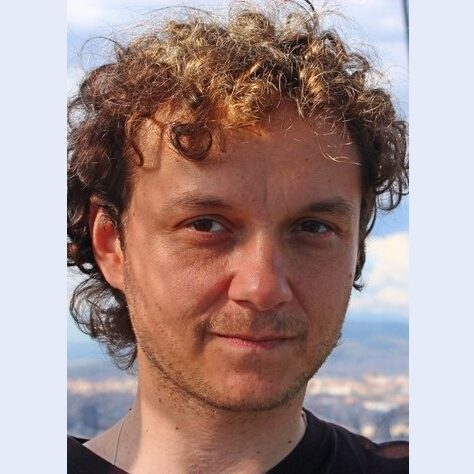
Ionut Moldovan
Lusófona University, Portugal
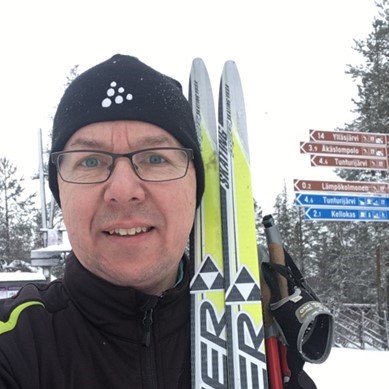
Jyrki Kullaa
Metropolia University of Applied Sciences, Finland

Marek Salamak
Silesian University of Technology, Poland
In the last three decades, structural health monitoring (SHM) has been a promising tool in management activities of bridges as potentially it permits one to perform condition assessment to reduce uncertainty in the planning and designing of maintenance activities as well as to increase the service performance and safety of operation. The general idea has been the transformation of massive data obtained from the structural vibration monitoring systems and numerical models into meaningful information. To deal with large amounts of data and perform damage identification, SHM has been cast in the context of a statistical pattern recognition paradigm, where machine learning plays an important role. Meanwhile, recent technologies have unveiled alternative sensing opportunities and new perspectives to manage and observe the response of bridges, but it is still widely recognized that vibration-based SHM still struggles to produce reliable global information on the presence of damage, mainly because of the effects of operational and environmental variations. Therefore, the main goal of this special session is to promote more coordinated and interdisciplinary research in the vibration-based SHM of bridges, by proposing key developments in machine learning for damage identification under operational and environmental effects, especially (but not restricted to) the ones based on video-based SHM, transfer learning, and supervised learning approaches, using data sets from numerical models and/or monitoring systems.
Keywords: operational and environmental effects, transfer learning, supervised learning, structural health monitoring, damage identification.
Contacts: eloi.figueiredo@ulusofona.pt ; dragos.moldovan@ulusofona.pt; jyrki.kullaa@metropolia.fi; marek.salamak@polsl.pl
SS16 Slender structures: dynamics and vibration based monitoring techniques
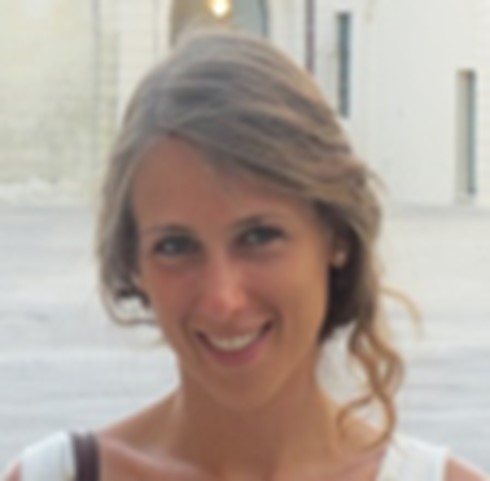
Marta Berardengo
University of Genoa, Italy
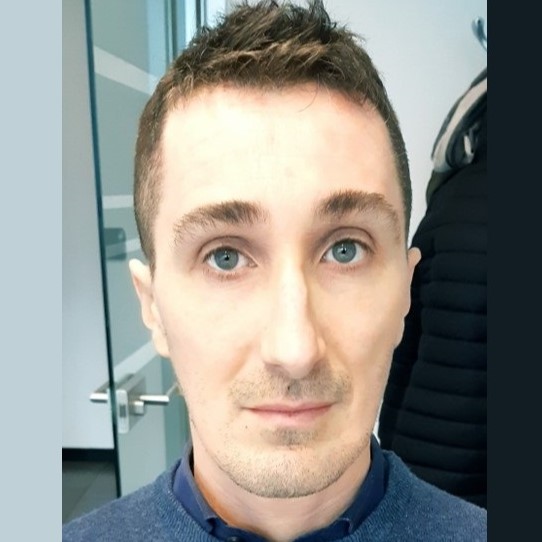
Stefano Manzoni
Politecnico di Milano, Italy

Marcello Vanali
University of Parma, Italy

Francescantonio Lucà
Politecnico di Milano, Italy
Slender structures, such as high-rise buildings, wind turbine towers, tie-rods, antennas, trusses and many others, usually undergo significant vibration levels, because of their shape peculiarities. These vibrations, which can also be relevant, on the one hand can sometimes generate structural problems due to, e.g., fatigue phenomena and stress-induced cracks. On the other hand, non negligible vibration levels in operating conditions allow for developing structural health monitoring approaches based on the measurement of vibration signals or related information, e.g., modal parameters. Therefore, vibrations play a double role, generating either advantages or drawbacks, depending on the considered case.
This special session aims at promoting discussions related to these two different aspects of vibrations in slender structures. Particularly, the symposium will be focused on methods and techniques for both monitoring of slender structures and studying their behaviour under complex phenomena. Examples of topics relevant for the special session are: experimental modal analysis techniques, structural health monitoring methods, statistical and surrogate model development, innovative measurement techniques and smart networks for system monitoring, vibration control strategies and investigation of specific damages/phenomena related to slender structures.
The session, thus, provides the opportunity to present experimental and numerical research related to slender structures, mainly considering their dynamic behaviour and monitoring.
Keywords: slender structure, vibration, high-rise building, modal identification, structural health monitoring.
Contacts: marta.berardengo@unige.it; stefano.manzoni@polimi.it; marcello.vanali@unipr.it, francescantonio.luca@polimi.it
SS17 Vibration-based health monitoring of offshore structures
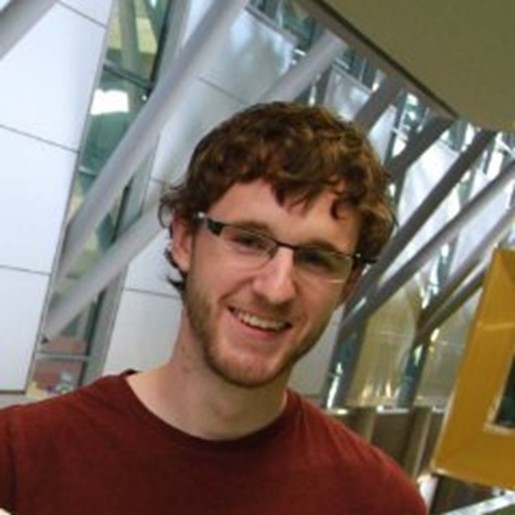
Luke J Prendergast
University of Nottingham, United Kingdom
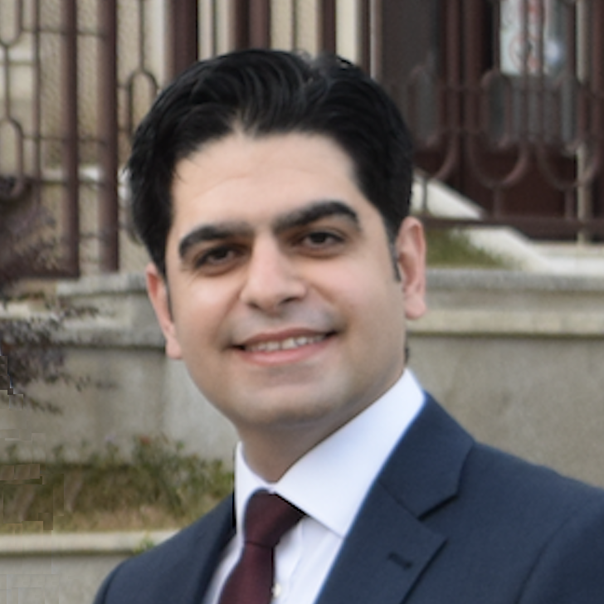
Abdollah Malekjafarian
University College Dublin, Ireland
With the global effort to maintain mean temperatures below a critical 1.5 degree Celsius increase, there remains an urgent need to accelerate the energy transition from fossil-fuels to renewable energy technologies. There has been significant growth in offshore energy infrastructure including wind turbines in recent years. To sustain this, new and existing developments need to be able to withstand the harsh conditions offshore, which are exacerbating due to climate-change effects. It is recognized that health monitoring of infrastructure can assist with informed decision-making surrounding the condition assessments of installed assets offshore. Urgent questions are emerging surrounding how best to monitor offshore structures, what to monitor, how to use the information gained, and what it means for life-span assessment. This special session welcomes contributions on vibration-based monitoring technologies for offshore structures, including (but not limited to): new and improved algorithms, direct and indirect monitoring, damage identification, damage localization, fatigue assessment, service-life extension, decision-making, life-span assessment, uncertainty quantification, detecting nonlinear behavior, optimal sensor placement, novel sensing techniques, and system behavior degradation.
Keywords: offshore structures, turbines, damage-detection, health monitoring, SHM.
Contacts: luke.prendergast@nottingham.ac.uk; abdollah.malekjafarian@ucd.ie
SS18 Vibration-based assessment and monitoring of bridges

Carmelo Gentile
Politecnico di Milano, Italy
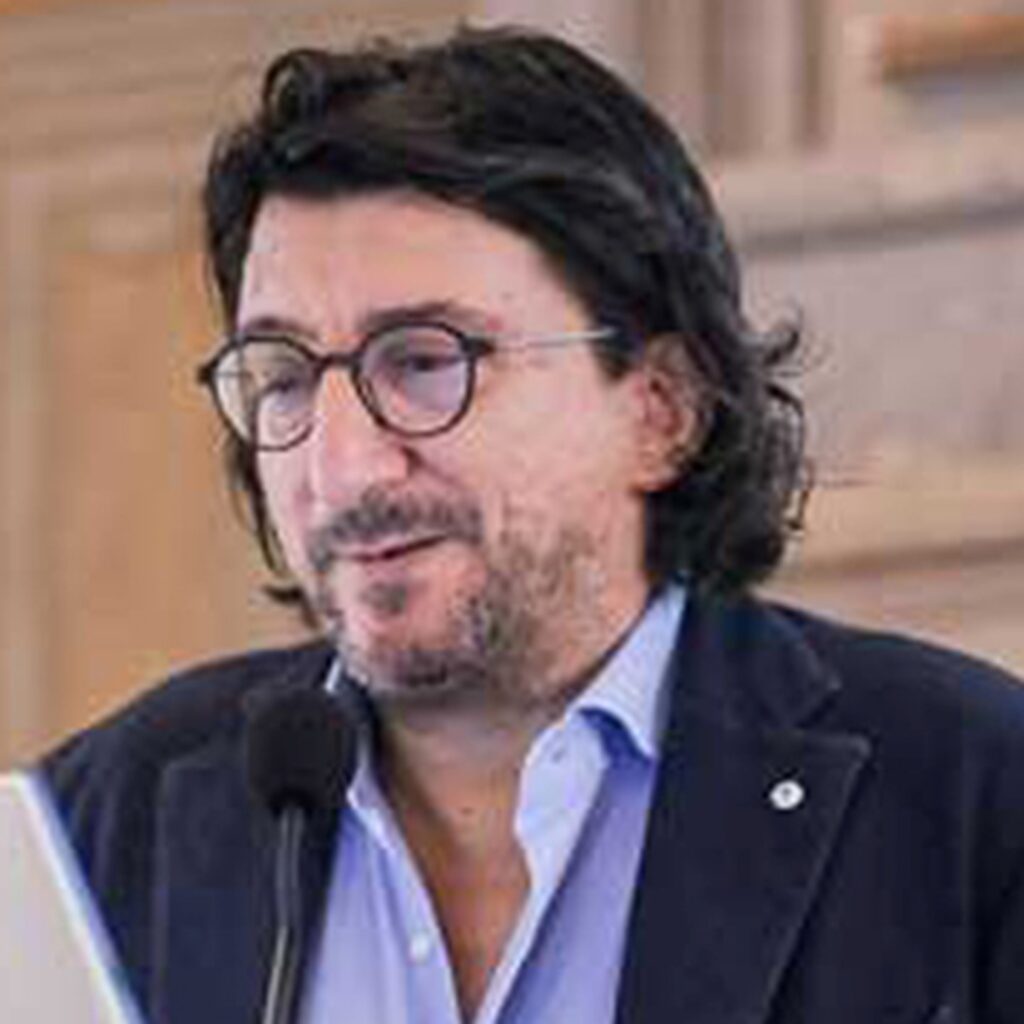
Walter Salvatore
University of Pisa, Italy
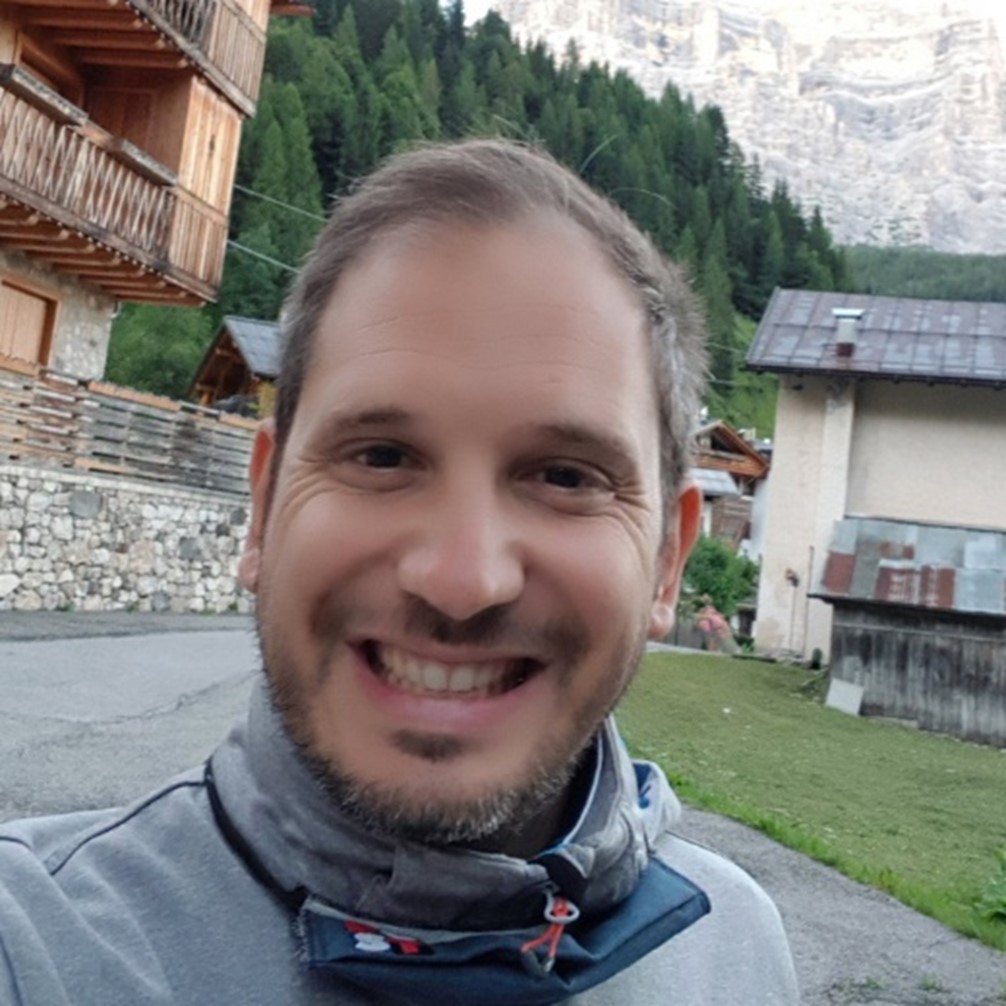
Filippo Ubertini
University of Perugia, Italy
In the last few years, an increasing interest has been observed in the vibration-based assessment of bridges. This raising scientific and practical interest has many motivations, such as: (a) the ageing of a huge number of existing infrastructures; (b) the increasing complexity of new bridges (where the implementation of continuous monitoring is usually convenient because it is possible to amortize the costs within the construction process); (c) the technological advances, allowing relatively cheap installation of monitoring systems; (d) the possibility of calibrating numerical models and assessing the structural health from the analysis to the dynamic response to operational and/or ambient excitation; (e) the continuous development of artificial intelligence methods able to handle a huge amount of data for bridge assessment when suitably complemented with engineering models.
Within this context, the special session focuses on methodological aspects, recent developments and applications of vibration-based assessment and SHM of existing bridges.
Suitable topics include, but are not limited to, the following:
- Vibration-based tuning of FE models and surrogate models for structural identification;
- Uncertainty quantification in modal/structural identification;
- Optimal sensor placement techniques;
- Innovative sensing techniques;
- Multi-disciplinary strategies of SHM;
- Data fusion of measurements of different physical parameters;
- SHM algorithms for system and/or damage identification;
- Effects of environmental and operational variability on health-sensitive features;
- Design, implementation and management of long-term monitoring systems;
- Physics-based Machine Learning and Artificial Intelligence methods for bridge SHM.
Keywords: anomaly detection, data fusion, dynamic testing and monitoring, FE modelling and updating, innovative sensing, modal identification.
Contacts: carmelo.gentile@polimi.it; walter.salvatore@unipi.it; filippo.ubertini@unipg.it
SS19 Indirect methods for monitoring of transport infrastructure
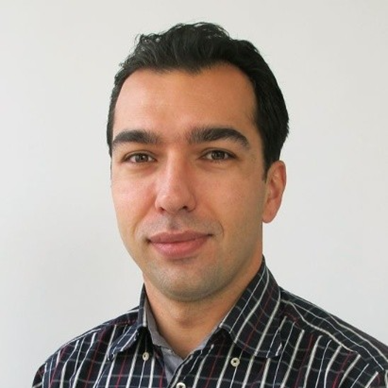
Emrah Erduran
Oslo Metropolitan University, Norway
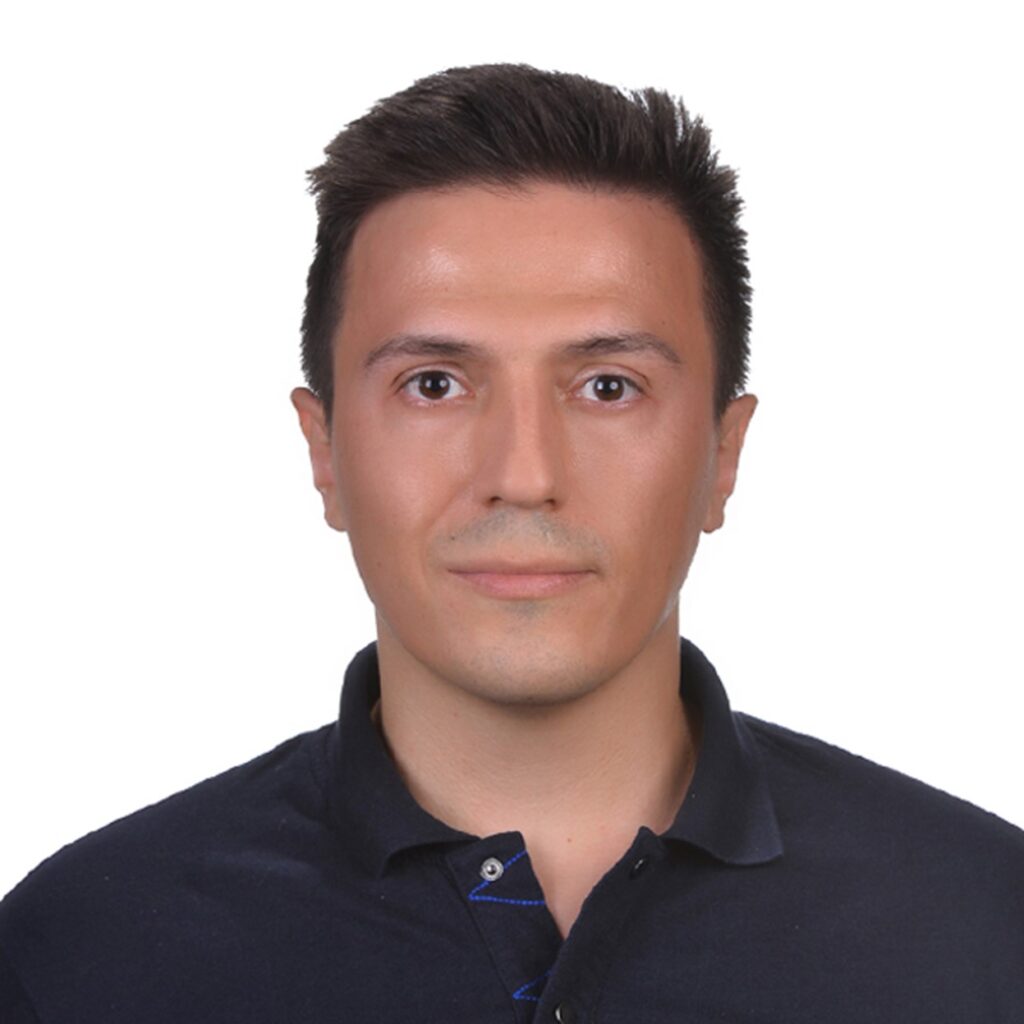
Semih Gonen
Oslo Metropolitan University, Norway
Transport infrastructure including highways, railways, city rail systems play a vital part of the development and functioning of the modern society. Despite their irreplaceable role in the society in ensuring the transport of goods and passengers, virtually every component of the transport infrastructure worldwide suffer from aging and deterioration. Monitoring of the transport infrastructure is therefore essential in ensuring their safety and management for the decades to come.
Vibration-based monitoring of transport infrastructure, particularly bridges, have been used in the last decades. Traditionally, this was done by installing sensors directly on the bridge to be monitored and using the data collected directed on the bridge. Therefore, these methods are called direct methods. Despite the significant amount of research on the direct monitoring of transport infrastructure, the sheer number of bridges and the cost of such monitoring systems makes it virtually impossible to monitor the entire infrastructure using direct methods. That is why this approach remained limited to large projects and special structures, which constitute the minority of existing bridge stock. Indirect methods, which is based on vehicle-mounted sensors, provides an attractive alternative as they allow monitoring of several components of the transport infrastructure with only a fraction of the sensors that would have been necessary for direct methods. Indirect monitoring has gained a significant momentum recently, thanks to its appealing features such as mobility, low-cost and efficiency. The current session aims to provide a forum for sharing opinions and discussing the recent developments and applications in the field of indirect monitoring methods for transport infrastructure.
This session welcomes contributions that cover but are not limited to theoretical, numerical, experimental, and real-world applications of indirect methods for monitoring of transportation infrastructure such as bridges, components of railway tracks and highway pavements.
Keywords: indirect measurements, vehicle scanning methods, structural identification, damage detection, drive-by monitoring, transport infrastructure
Contacts: emrahe@oslomet.no; semihgon@oslomet.no
SS20 Indirect monitoring of civil infrastructure using moving vehicles

Abdollah Malekjafarian
University College Dublin, Ireland
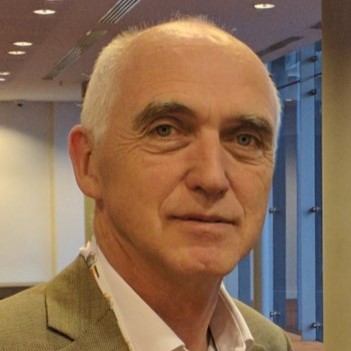
Eugene O’Brien
University College Dublin, Ireland
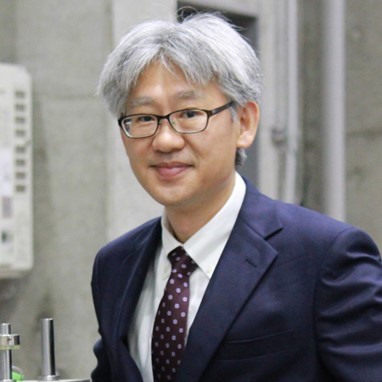
Chul-Woo Kim
Kyoto University, Japan

YB Yang
Chongqing University, China

Hae Young Yang
Stanford University, USA
Today’s transport networks play a key role in supporting economic growth. A smart transportation system that is capable of monitoring the condition of its critical infrastructure can facilitate preventive maintenance activities and minimize disruption to service. Deterioration and damage will inevitably occur in transport infrastructure such as road pavements and road/railway bridges. Advances in structural health monitoring (SHM) have enabled the automated diagnosis of damage in infrastructure, but efficient and scalable solutions have been limited. Recently, vehicle-based indirect SHM approaches have received increasing attention as a practical solution due to their advantages in cost, low-maintenance, and scalability. These approaches assess infrastructure damage states using the data collected from sensors on board passing vehicles.
The aim of this symposium is to bring together academic scientists and industry leaders to present their recent advances in the field of indirect structural health monitoring of civil infrastructure. It covers a broad research area from simple models to applications, numerical modelling, laboratory-scale experimental case studies and field tests. The session will focus on, but is not limited to, the following topics:
- Bridge damage detection and health monitoring (highway and railway bridges)
- Identification of bridge modal properties
- Road pavement health monitoring methods
- Railway track health monitoring methods
- Dynamic interaction of trucks with bridges and roads
- Bridge traffic loading
Keywords: drive-by, indirect, bridge, condition monitoring, infrastructure.
Contacts: abdollah.malekjafarian@ucd.ie ; eugene.obrien@ucd.ie; kim.chulwoo.5u@kyoto-u.ac.jp, ybyang@ntu.edu.tw; noh@stanford.edu
SS21 Unmanned vehicles, robotics, and 3D vision technologies in civil engineering for inspection automation and system resilience

Zhiqiang Chen
University of Missouri Kansas City, USA

Ji Dang
Saitama University, Japan

Yasutaka Narazaki
Zhejiang University, China
Lifecycle maintenance and emergency management of civil structures, such as tunnels and bridges, are crucial for their safe and uninterrupted operations. Practically, periodic inspection must be carried out to mitigate environmental attacks and cumulative loading stresses (e.g., corrosion, cracking damage). After extreme events, such as earthquakes, tsunamis, tornados, typhoons, and floods, it is imperative to conduct a rapid inspection of lifeline infrastructure and civil structures to minimize the negative impact on people’s lives and economic activities. Currently, such inspection is often performed visually by human inspectors and, in limited cases, is assisted by imaging techniques (e.g., digital cameras and other scanning equipment). These processes are known to be time-consuming, labor-intensive, and potentially unsafe. In addition, inspection activities are significantly constrained by many socioeconomic factors, such as the severe shortage of engineers and lack of funds.
In recent years, researchers have actively studied emerging technologies and limitedly adopted by practitioners to improve inspection efficiency, alleviate time and monetary costs, and reduce human labor and health risks. Among these technologies, unmanned vehicles, such as unmanned aerial vehicles (UAVs), unmanned ground vehicles (UGVs), and unmanned underwater vehicles (UUV), have been recognized as promising ‘robotic’ platforms for conducting structural inspection. To this end, their increasing capabilities and decreasing costs stimulate the research and development to harness the following advantages of robotic inspection:
- Robotic vehicles can access various parts of large and complex civil structures. For example, a UAV can fly to high and remote locations (e.g., girders of a large bridge) that are difficult to reach by human inspectors without using special and expensive vehicles or traffic control.
- Autopilot and designed path patrol can be used to inspect a structure almost without human operator’s interference during the flight.
- 3D structural scenes can be reconstructed using multi-view modeling techniques (e.g., SfM).
- Pattern recognition methods in artificial intelligence (e.g., deep learning) can be used to identify critical structural information, such as structural components and damage.
In recent years, we have noticed considerable research contributions in 2-dimensional imagery data processing and understanding for damage detection (i.e., efforts in computer or machine-vision-based damage detection). In the meantime, we are witnessing tremendous progress in driverless care industries (e.g., Level 0 to 5 automation). However, inspection automation for civil structures is significantly lacking; by contrast, there is no definition of automation level in civil engineering. Reflecting on many research challenges, we believe that the major one lies in the nexus of machine-vision-based understanding (e.g., mapping) of 3-dimensional civil structures at level-of-details, autonomous navigation via the same vision sensors, and exploitation and integration with existing building information modeling (BIM) or digital-twin modeling (DTM). In addition, at the decision-making level, how engineers interact with the robotic systems remains to be answered.
Recognizing these challenges, we call for a special session focusing on theoretical formulation, algorithm development, implementation, and lab or field experiment and validation in the direction of applying unmanned vehicles, robotics, and 3D vision technologies for civil engineering for inspection, which form an essential and innovative suite of resilience technologies of 21st century.
Keywords: extreme event, structural damage, inspection, unmanned vehicles, robotics, 3D vision, artificial intelligence, resilience.
Contacts: chenzhiq@umkc.edu; dangji@mail.saitama-u.ac.jp; narazaki@intl.zju.edu.cn
SS22 Industrial advanced applications of vibration-based monitoring

Giulio Telleschi
IDS GeoRadar, Italy
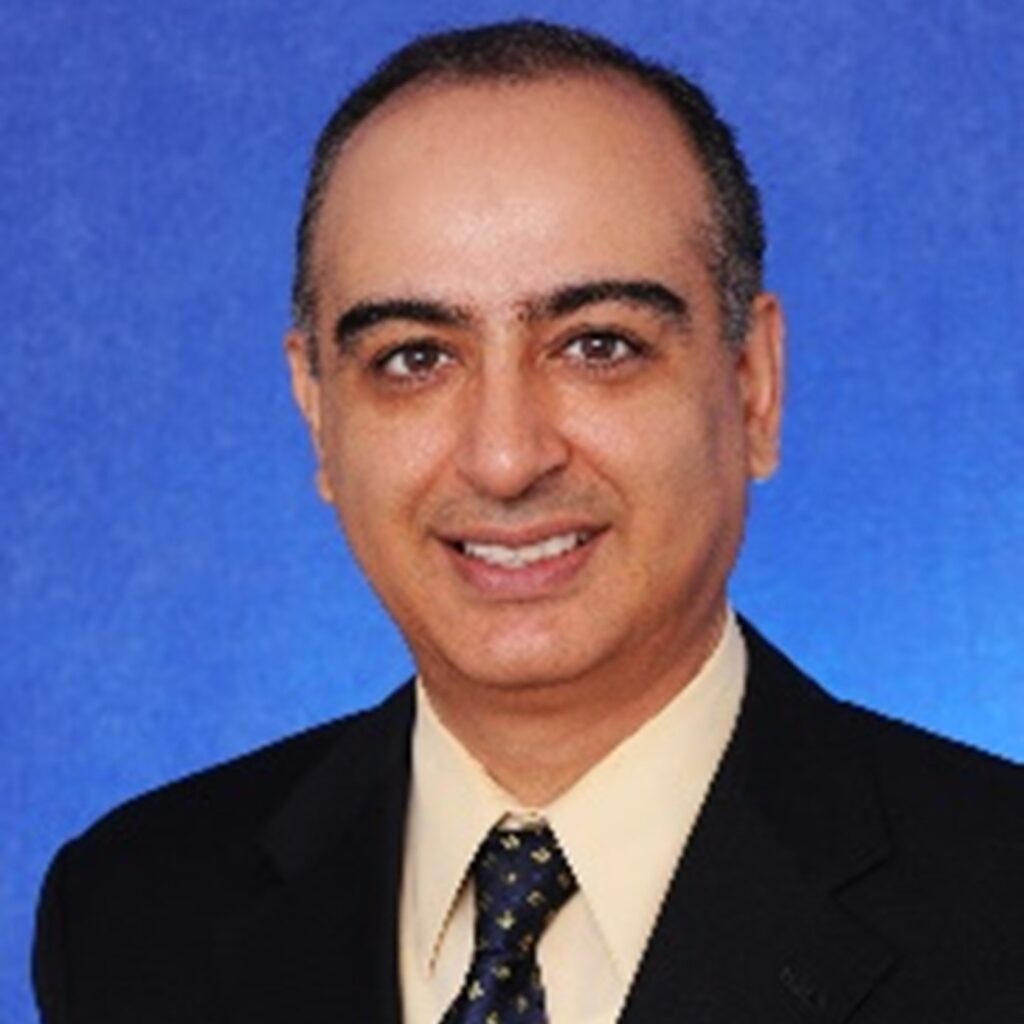
Necati Catbas
University of Central Florida, USA

Carlo Rainieri
National Research Council of Italy, Italy
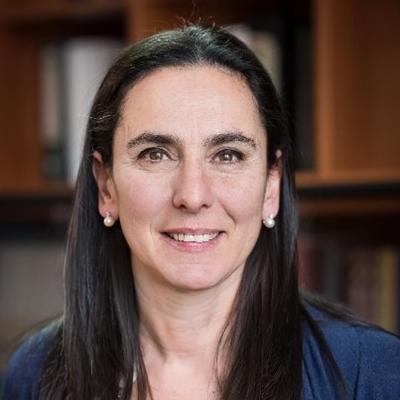
Maria Pina Limongelli
Politecnico di Milano, Italy

Derek Skolnik
Kinemetrics, USA
Structural Health Monitoring (SHM) has gained significant benefits in the last few decades from advanced research activities combined with increasingly performing technology. SHM added value is demonstrated in a wide variety of structural assessment scenarios, from emergency or periodic monitoring up to the definition of preventive maintenance plans. However, despite the capability to provide very accurate multi-point measures, SHM adoption at large scale is still far from reality.
The aim of this Special Session is to present and discuss relevant real-world SHM applications in terms of strengths and insights on future trends, as well as potential and unsolved issues, and limitations.
Topics relevant to the session are vibration-based SHM advanced applications such as experimental design and set-up, optimal on-field deployment, analysis, validation, and comparison between data management technologies and methodologies. Both contact and contactless sensing systems, wired and wireless communication protocols, and their combination are of interest for this session. Papers dealing with innovative, interconnected, and contactless solutions are especially welcomed.
Contacts: giulio.telleschi@idsgeoradar.com; catbas@ucf.edu; rainieri@itc.cnr.it; mariagiuseppina.limongelli@polimi.it; das@kmi.com
SS23 Applications of computer vision-based SHM
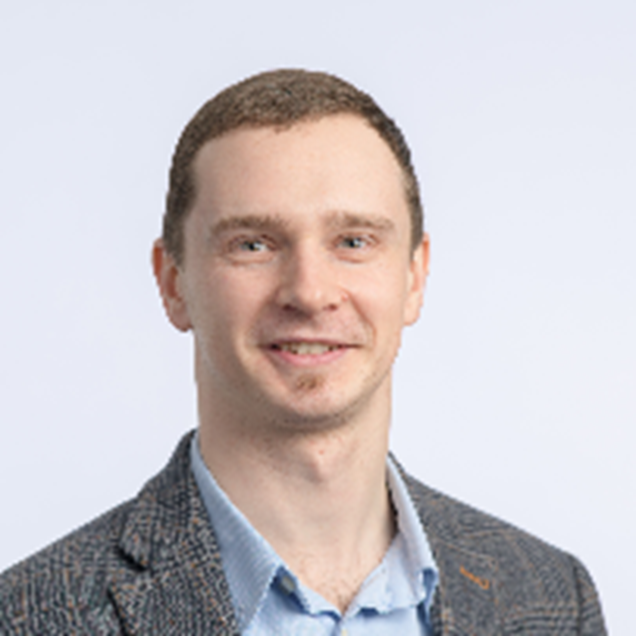
Rolands Kromanis
University of Twente, the Netherlands
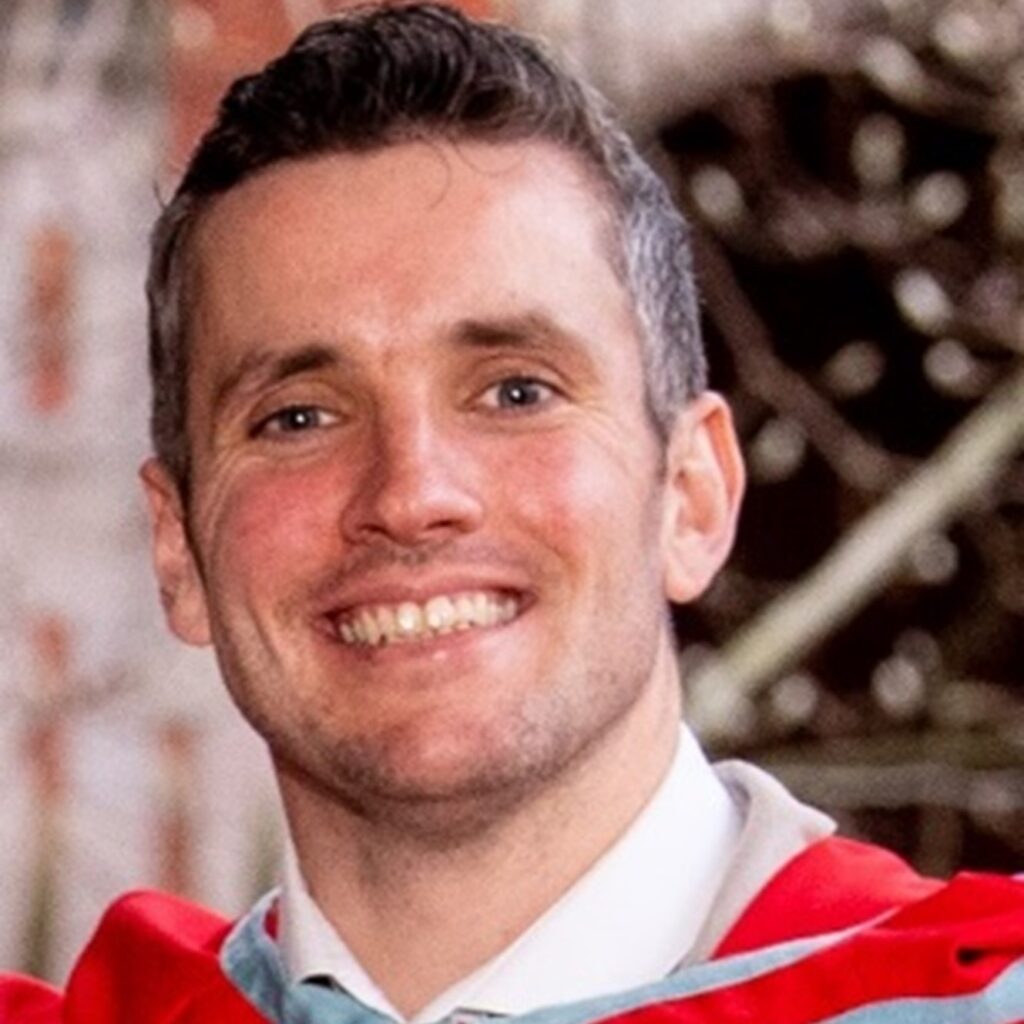
Darragh Lydon
Queen’s University Belfast, United Kingdom

Necati Catbas
University of Central Florida, USA
With fast developments in off-the-shelf digital cameras, computer vision-based (CV) applications for structural measurement collection and, consequently, their analysis have experienced an increasing interest from engineering communities and asset owners. In the field of civil engineering, particularly in structural health monitoring, each pixel of an image frame can present information relevant to the state of a structure or its part. Multiple consecutively collected image frames are turned into a video. Videos provide information of a change(s) in image frames over time. Thus they allow monitoring structures at global level, in which bridge vibration parameters are estimated from displacements (and their derivatives such as strains) of chosen targets (i.e., objects of interest on the surface of the structure). Some advantages of general CV systems in comparison to traditional contact measurement systems are the ease of installation/use, low costs, access requirements and speed of measurement. But surely there are also limitations, such as camera movement, induced by ground motion, wind.
This session focuses on the applications on computer vision-based measurements and their interpretation. Topics relevant to the session include (i) experimental and practical applications of CV measurements for estimating vibration frequencies and damping ratios, capturing vibration modes, and deriving higher order parameters; (ii) assessment of limitations of CV systems and their applications; (iii) developments and improvements of CV systems for increased measurement accuracy, resolution, robustness and resilience; (iv) machine learning applications in improving CV measurement analysis.
Keywords: vision-based measurement, computer vision, machine learning, structural health monitoring, resilient monitoring systems
Contacts: r.kromanis@utwente.nl; D.Lydon@qub.ac.uk; catbas@ucf.edu
SS24 Fiber optic and innovative sensors for monitoring existing structures and infrastructures

Alessandro Cardoni
Politecnico di Torino, Italy

Daniele Inaudi
SMARTEC SA, Switzerland
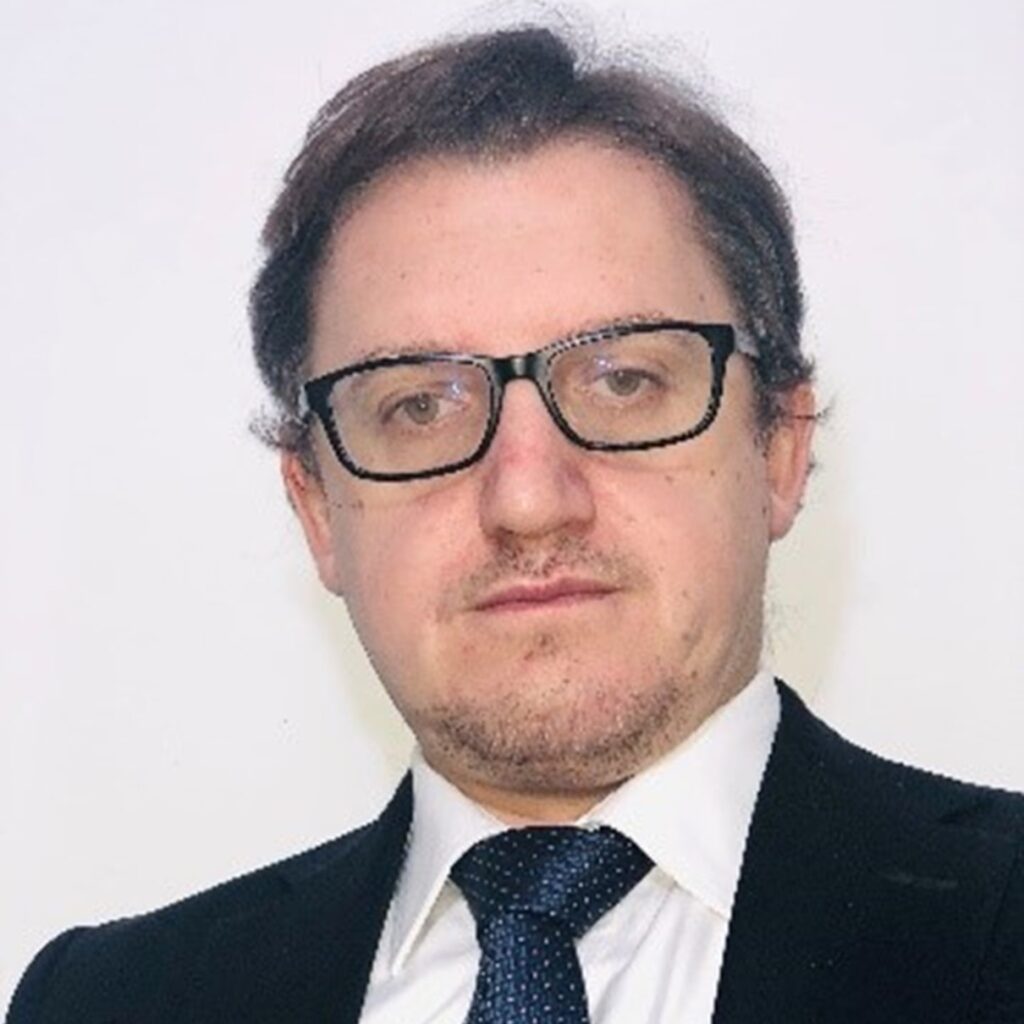
Gian Paolo Cimellaro
Politecnico di Torino, Italy
Structural health monitoring of existing structures and infrastructures is a valuable tool to assess their safety and ensure full functionality. Nonetheless, many of these systems are at the end of their design life and the vibrations induced by increased traffic and anthropic loads might cause serious damage. Frequently, damage occurs in the form of strain-field variations, which can be captured reliably by traditional sensors. However, the localization of the damage represents still a challenge in vibration based SHM. A possible solution is the implementation of dense arrays of sensor networks capable of capturing small vibrations. In the last two decades, several innovative techniques and distributed arrays of sensors have been developed, such as distributed fiber optic sensors, distributed sensing materials, large-area electronics, active wave sensing techniques, etc.
The scope of this special session is to present recent advancements in the development and application of fiber optic sensors and innovative sensing technologies to analyze ambient and induced vibrations. This session welcomes contributions from academic staff, researchers, post-graduate students and professional engineers focused on: (i) innovative sensors and techniques for distributed sensing; (ii) recent applications of distributed sensor networks to existing structures and infrastructures; (iii) challenges in the application of distributed sensor networks (e.g., power harvesting, special installations); (iv) data collection, management, and processing techniques; (v) vibration based damage localization methods.
Keywords: distributed fiber optic sensors, dense arrays of sensors, self-sensing materials, damage detection, distributed/decentralized data analysis.
Contacts: alessandro.cardoni@polito.it; daniele.inaudi@smartec.ch; gianpaolo.cimellaro@polito.it
SS25 Vibrations in timber structures: a focus on experiments, damage detection techniques, numerical models, open issues
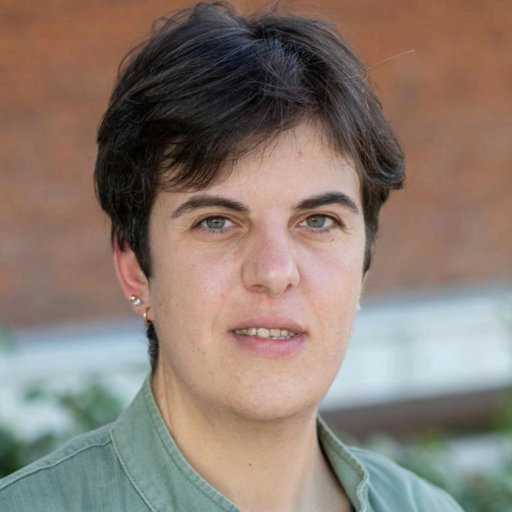
Chiara Bedon
University of Trieste, Italy

Maria Pina Limongelli
Politecnico di Milano, Italy
Structural health monitoring of existing structures and infrastructures, as known, is a valuable and efficient tool to assess their safety and ensure full functionality. For timber structures, the main problems related to the vibration of primary and sub-components are associated to the mechanical features of mass timber elements or engineering wood products, but also to the acoustic performance of non-structural components. In the same way, the assessment of stiffness features for joints and connections for timber structures is essential for monitoring the building performance.
In this regard, the existing guidelines for vibration assessment in timber structures are mostly focused on floors, and assume that support conditions can be described as pinned connections ad the floor ends. In practice, however, real boundaries can differ significantly from these ideal assumptions, due to the applied construction details (vibration isolation strips, flexible connectors, moment-resistant joints), or even to the imposed loads (shrinkage-induced deformation in composite floors).
Experimental analysis, in this regard, is of primary importance for mechanical and vibration characterization. In the past, non-destructive vibration-based experimental methods proved – with different techniques – the efficiency for structural assessment and even damage detection in timber systems. Besides, literature data are still relatively limited in number and further research efforts are needed.
The scope of this special session is to discuss open challenges but also present recent advancements and trends in the vibration analysis and assessment of timber components and structural systems. This session welcomes contributions from researchers and professional designers with a specific focus on experimental applications, numerical modelling techniques, vibration-based degradation analysis, case-study interventions, etc., in the field of timber constructions.
Keywords: timber structures, timber connections, vibrations, experimental analysis, numerical modelling
Contacts: chiara.bedon@dia.units.it; mariagiuseppina.limongelli@polimi.it